Was der 3D-Druck zum Formenbau beitragen kann
Traditionell wurden die am weitesten verbreiteten Produktionsprozesse in der Industrie in zwei Hauptgruppen eingeteilt:subtraktive Fertigung , hauptsächlich vertreten durch CNC-Bearbeitung und formende oder formgebende Fertigung , vertreten durch Spritzguss und Feinguss. Beide Gruppen leben bis heute zusammen, und die Wahl der einen oder anderen hing hauptsächlich von der Komplexität des Stücks, dem gewählten Material oder dem Herstellungsvolumen ab.
In jüngster Zeit hat eine dritte Gruppe in der Branche eine Lücke geöffnet, bis sie mit den beiden vorherigen koexistiert:additive Fertigung oder 3D-Druck. Außer in sehr spezifischen Fällen oder sehr spezifischen Anwendungen unterstützen derzeit sowohl die subtraktive als auch die additive Fertigung und Schulung eine große Anzahl gängiger Materialien und sind in der Lage, hochkomplexe Teile herzustellen. Aus diesem Grund basieren die Kriterien für die Auswahl des einen oder anderen häufig hauptsächlich auf den Produktionskosten.
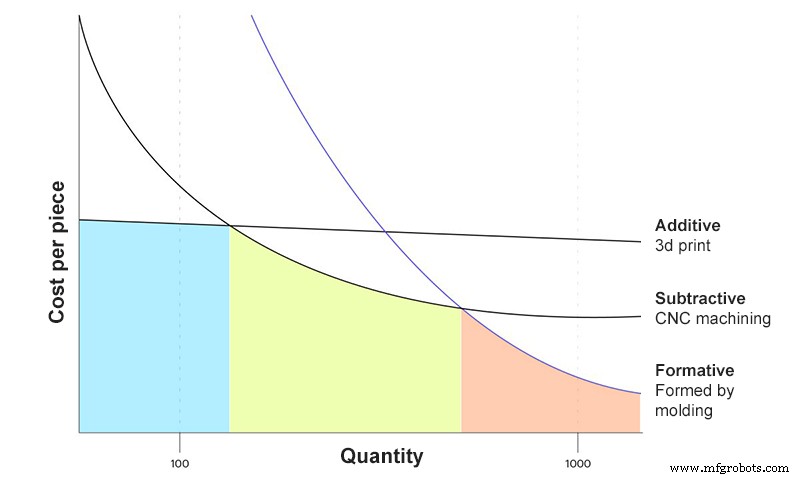
Bild 1:Stückkostenkurven nach Produktionsvolumen. Quelle:3Dhubs.com
In niedriger oder mittlerer Produktionsmenge , Formen kann nicht mit additiver Fertigung und CNC-Bearbeitung konkurrieren , hauptsächlich aufgrund der hohen Abschreibungskosten für die Ausrüstung und des Bedarfs an teuren Formen. Allerdings, wenn es um Massenfertigung geht , Gießen ist der unbestrittene König.
Das Formen durch Formen erfordert die Herstellung von Formen für Spritzguss, und Opferwachsnegative B. beim Wachsausschmelzverfahren, für dessen Herstellung wiederum Formen oder CNC-Verfahren benötigt werden. Und deshalb ist CNC-Bearbeitung auch bei Formgebungsprozessen immer noch notwendig , da es traditionell die gebräuchlichste Methode bei der Herstellung von wiederverwendbaren Formen ist.
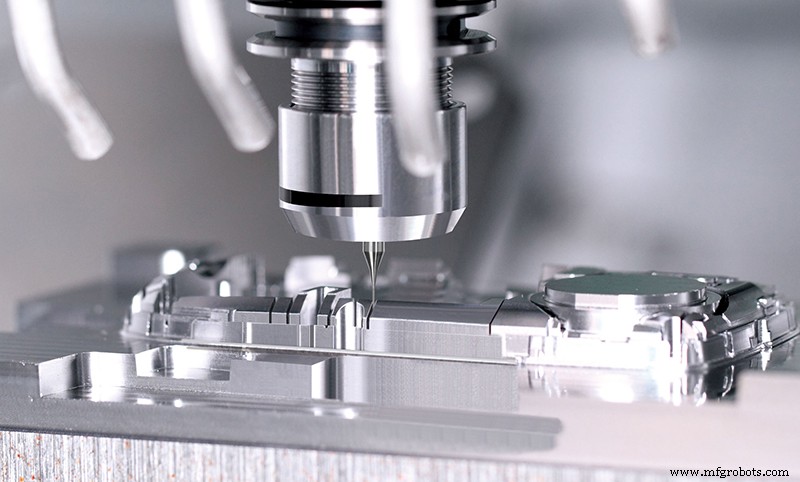
Bild 2:Spritzgussform. Quelle:https://commons.wikimedia.org/
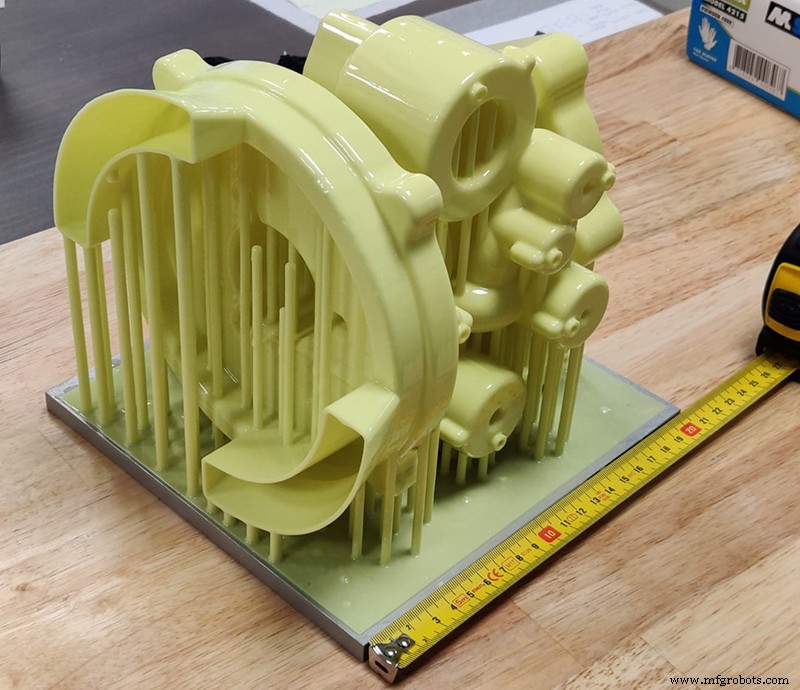
Bild 3:Wachsmodell für das Wachsausschmelzverfahren . Quelle:https://commons.wikimedia.org/
Aber was kann der 3D-Druck beim Formen bringen?
Feinguss
Das Wachsausschmelzverfahren besteht darin, eine Keramikbeschichtung auf ein Opferwachsmodell aufzubringen und es zu kalzinieren, um auf diese Weise die Form zu erhalten . Es ist ein Verfahren, das aufgrund seiner hohen Präzision und der Tatsache, dass es die Herstellung hochkomplexer Formen ermöglicht, bei der Herstellung von mechanischen Komponenten aus Gusseisen weit verbreitet ist.
The main drawback of this process is that the mold is destroyed when the part is removed, so it is necessary to create a wax model and a mold for each part.
Video 1:Investment casting process. Source: Niagara Investment Castings
To produce the wax models, a permanent mold is required, generally machined from aluminum using CNC. This means that for low production volumes costs will skyrocket . Another alternative is to use CNC machining to produce the wax models in the case of prototypes or manufacturing of few units, but although the costs are reduced it requires expensive equipment and has certain limitations regarding complex parts.
This is where 3D printing can mean a paradigm shift. On the one hand, the development of new castable materials for both SLA and FDM printing makes it possible to replace traditional wax models with 3D printed polymeric models . This supposes a series of advantages not only at the level of production costs of the models, but also in saving time and agility when introducing new products or correcting defects . Furthermore, the models manufactured by 3D printing have a much higher resistance to wax , minimizing the possibility of breaking them or causing defects during handling.
Today, practically all resin manufacturers have high-quality castable materials such as Formlabs castable resin or Uniz ZWax. This has caused 3D SLA printing to largely replace the use of wax in some sectors such as jewelry, where the use of printers such as Form 3 is common.
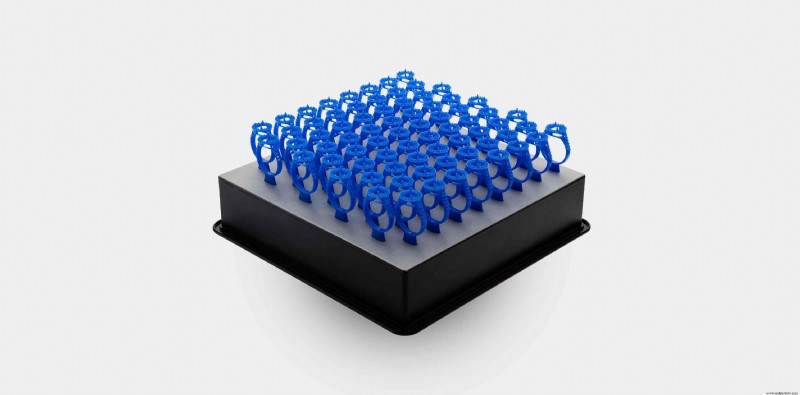
Image 3:3D printed jewelry models for use in investment casting. Quelle:Formlabs
Despite this, in other sectors such as industry, wax models are still common, perhaps due to the need for large models. Today, the appearance of high-volume 3D SLA printers such as the Form 3L or UniZ zSLTV, as well as the development of castable filaments such as PolyCast, make the size limitation less and less and that the industrial sectors can benefit from the Advantages of substituting 3D models for wax models.
Video 2:Using Polycast Filament. Quelle:Polymaker.
However, the production of wax models is also governed by the graph in Figure 1, reaching a point where the cost of making wax models using a mold is more profitable than producing the models by 3D printing. And even here, 3D printing has a lot to offer. The low melting temperature of the wax means that traditional aluminum or steel molds can be replaced by 3D printed molds , with the significant savings in economic and temporal costs that this entails.
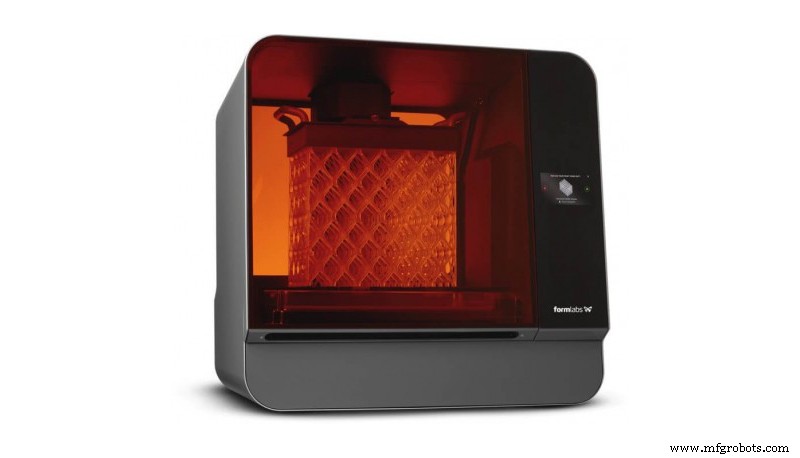
Image 4:Form 3L. Quelle:Formlabs
Injection molding
Injection molding is a formative manufacturing process in which die-cast plastic is injected into a removable mold and allowed to cool and solidify inside.
Traditionally the use of 3D printing in the manufacture of injection molds has been considered unfeasible. This has been due to two main reasons:the low thermal resistance of the polymers used in 3D printing and the surface roughness inherent in metal SLS 3d printing.
Today 3D printing cannot completely replace CNC-machined molds for injection , however the development of 3D printing materials SLA with high thermal and mechanical resistance has opened the door to the use of 3D printed molds.
An example is Formlabs High Temp resin, capable of withstanding temperatures of almost 300 ºC under a pressure of 0.45 MPa. Its high thermo-mechanical properties , together with the high resolution and excellent surface finish of SLA technology, make it an ideal material for the manufacture of molds.
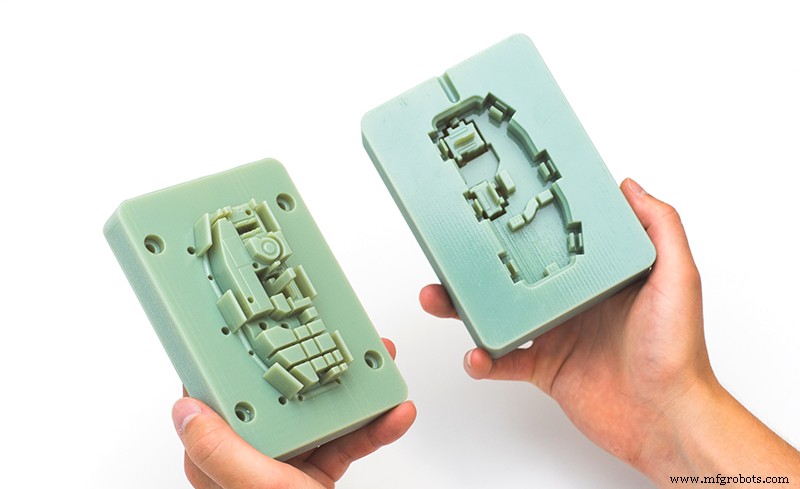
Image 5:Injection mold made by 3D printing SLA. Sourcee:3Dhubs
For this reason 3D printing can be an excellent complement in the production of injection molds. On the one hand it allows the production of economic molds for short series , and on the other hand it helps to verify the design of the metal molds before machining them . The latter is of great importance, since correcting a defect in a machined mold requires grinding processes and even the complete machining of a new mold, which leads to a significant increase in costs and a delay in production.
Silicone and thermoformed molds
Silicone and thermoformed molds are one-piece molds widely used in baking, cooking, jewelry or cosmetics.
It treats of very economic molds and of very simple manufacture. They are flexible or semi-flexible to facilitate demoulding, mainly used with non-melting or low-temperature melting materials such as chocolate, resins, cements, etc.
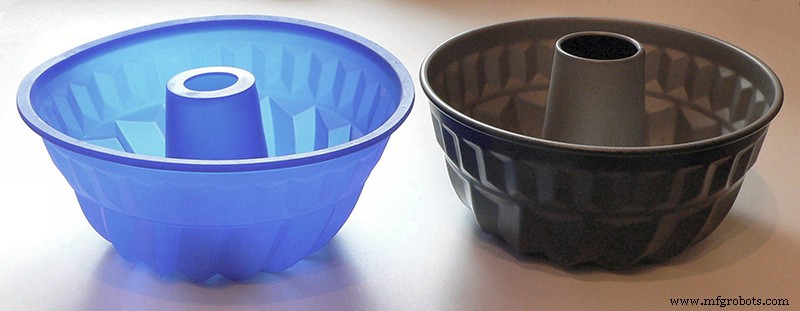
Image 6:Silicon molds. Sourcee:wikipedia
They are perhaps the most common type of mold and that we have all used at some time, for example to make ice cubes, chocolates or muffins.
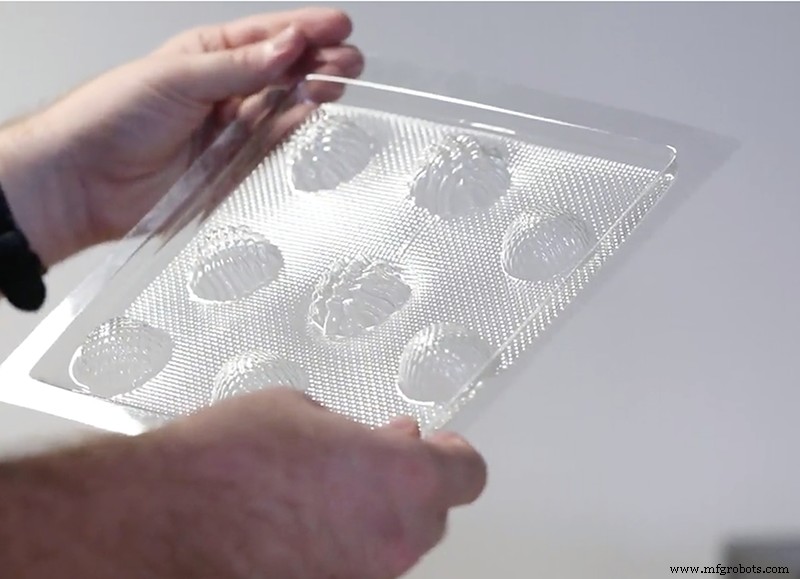
Image 7:Thermoformed mold. Source:Mayku
However, their use is not limited to domestic pastries, but they are widely used in jewelry to make resin jewelry components , or in art and decoration to produce elements in cement and plaster.
Despite the fact that its manufacture is very simple, the only way to make the molds is to have an original model to use as a template , and this is where 3D printing becomes useful.
3D printing provides the ability to obtain custom models, quickly and inexpensively to use as a template in the production of silicone and thermoformed molds. This, together with the availability of inexpensive thermoforming equipment such as the Mayku Formbox , make it possible for small patisseries, jewelery and artisans to produce their own personalized molds simply and inexpensively , giving added value to their products.
Video 3: Thermoformed with Mayku Formbox Source:Mayku
3D printing is not only a useful resource to reduce costs in low production volumes, but even in large productions, where the use of molds is essential, 3D printing has proven to be a very useful technology that can help its manufacture or in some cases even replace them.
3d Drucken
- Was ist Rotationsformen?
- Rotocasting vs Rotational Moulding:Was ist der Unterschied?
- Kann 3D-Druck das Spritzgießen ersetzen?
- Was ist Bioprinting?
- Welche Metall-3D-Druckpulver können Sie im Jahr 2020 verwenden? [Leitfaden]
- Was ist überhaupt 4D-Druck?
- 3D-Druck – Was Sie jetzt und in Zukunft erstellen können
- Welche Art von Kunststoffmaschinen benötige ich?
- Was ist Harz-3D-Druck?
- Was ist Feinguss?



